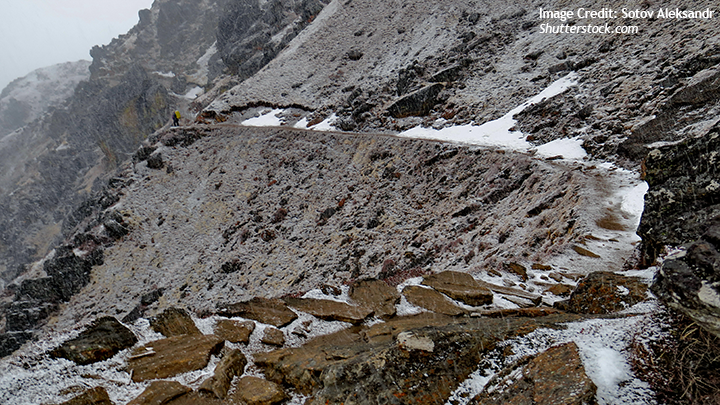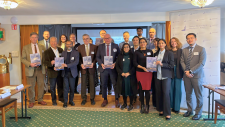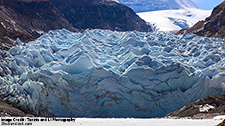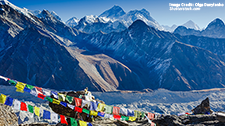Whither Tibet in the Climate Crisis Agenda?

Jagannath Panda, Jonathan Ping, Ute Wallenböck, Eerishika Pankaj, Anton Harder, Antonina Luszczykiewicz-Mendis, John Jones, Dechen Palmo, Mrittika Guha Sarkar, Medha Bisht, Gabriel Lafitte, Zsuzsa Anna Ferenczy, Sriparna Pathak, Niklas Swanström, Srikanth Kondapalli, Amrita Jash, Shinji Yamaguchi, Anna Hayes, Rahul Karan Reddy, Kalpit A. Mankikar, Mariya Krupach, Shruti Kapil, Astha Chadha, Mark S. Cogan, Varuna Shankar and Richard Ghiasy
The Tibetan Plateau is undergoing one of the most dramatic and least scrutinized ecological transformations in the world today. It is warming at more than twice the global average: glaciers are retreating, permafrost is thawing, grasslands are degrading, and the rhythms of water flow that support life across much of Asia are being disrupted. These are not abstract shifts—they are crisis conditions.
The term “climate crisis” is used deliberately in this volume to reflect both the urgency and severity of the ecological unraveling of Tibet, and to highlight its far-reaching human, environmental, and geopolitical implications. This study emerges from a growing recognition that Tibet lies at the nexus of some of the most pressing issues of our time: climate change, environmental justice, Indigenous rights, regional security, and the politics of development.
It draws on a wide range of scholarly, policy, and civil society perspectives to provide a consolidated set of recommendations across 10 thematic areas— from transboundary water governance to climate accountability and rights-based environmental protection. At its core is a call for greater international engagement in ensuring that the Tibetan Plateau is not rendered invisible in global climate discourse.




